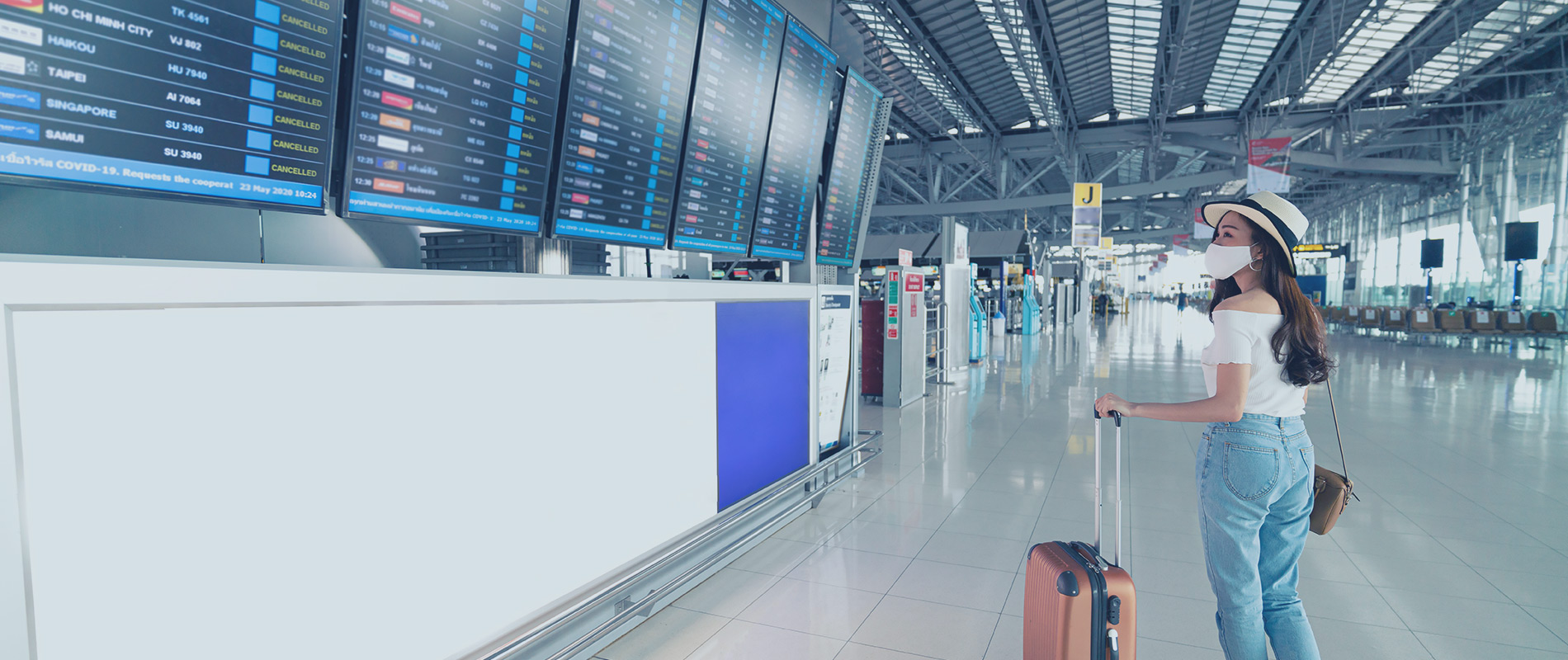As travel restarts post-Covid, Travel Managers are better positioned to assess what will work best for them in the future, considering the lessons learned from the pandemic.
Before COVID-19, many business travellers booked their journeys outside the company’s travel policy program. In the future Program Managers will need to ensure that employees align more closely with their companies preferred channels to ensure their safety and to stay up to date on the situation in their travel destination.
A travel policy is a tool that helps your travellers to make the best choices so, if you don’t have a policy or have not refreshed yours in a while, now is the time to do it.
Because the speed of recovery is so uncertain, your corporate policy needs to be agile enough to evolve with the constantly changing travel requirements. To do this we are assisting our clients with simplifying their existing policies and are creating a “pop-up” policy addendum that addresses new issues such as expenses for tests, PPE, and vaccinations as they arise.
We’ve identified three top tips to help you design a comprehensive corporate policy in line with the current travel trends.
Identify your new needs
Your travellers will return with a new set of priorities. They will only want to travel if they feel safe and will want guidance on which hotel is cleanest, which airline is safest, and what they should do if they’re stranded because a country suddenly re-enters lockdown.
The first step is to assess your travellers new needs and then align these to your leadership’s priorities to ensure you are on the same page. You can do this via a survey and some considerations should include:
- Transfers: How do travellers get to the airport? Public transport, own transport, rental car, taxi or a pre-arranged transfer? All have different potential exposure levels.
- Direct flight options: May employees search for only direct/non-stop flights or can they travel via a specific city that has good sanitisation checks at airports?
- Lounge access: Should travellers walk around in the airport and sit in public spaces, or can they utilise a lounge?
- Travel essentials: Do we want to provide travel health kits (e.g., gloves, face mask, hand sanitiser), will we cover the cost of vaccinations, or will we allow travellers to expense these supplies?
Adapt your travel policy
While traveller safety and wellbeing have surpassed cost savings as most organisations’ number one priority, the changes that you institute will still have to balance these requirements against the cost of introducing new means to keep employees safe. For example, your duty of care process may require additional pre-trip approval to limit travel to high-risk destinations or even the implementation of a traveller tracking system. Or you may need to choose suppliers that offer flexibility to change without incurring additional charges (which usually means a higher fare), or by hygiene standards, such as only using hotels that follow professional sanitization norms.
Here a short checklist to add to your new policy considerations:
- Determine the definition of business essential trips
- Address reduction in travel (single-day trips, internal travel, last-minute trips)
- Educate when to work from home and virtual tool promotion
- Limit high-risk destination travel
- Provide destination-specific information about frequently travelled destinations that may have more health/safety advisories/restrictions
- Provide health kits (e.g., gloves, mouth mask, hand sanitiser)
- Make available risk ratings in destinations
- Inform about the operation of flights and hotels, availability, direct flights vs. connections
- Provide country-specific visa restrictions
- Assess repatriation possibilities and potential quarantines
- Advise travellers to carry medical insurance card at all times.
Communicate the change
Once you’ve defined the changes in your policy, you need to drive awareness of this to maximise traveller adoption. The traditional 25-page long policy doesn’t work anymore – provide travellers with easily accessible information and the tools to make choices based upon their business needs. It is also recommended that you implement a travel app to keep up-to-date with destination-specific information and allow travellers to keep abreast of changes and alerts while on the go. For example, our TripSource® APP can tailor messages to tell travellers about changes, about convenient hotel gyms, nearby parks with jogging paths, juice bars, walking tours and more. The long and the short of it is that COVID-19 has forever changed the way we travel. Creating a well-structured and flexible business travel policy will help you to ensure that your company is well equipped to minimize travel spend and at the same time consider traveller well-being to make employees feel safe.

